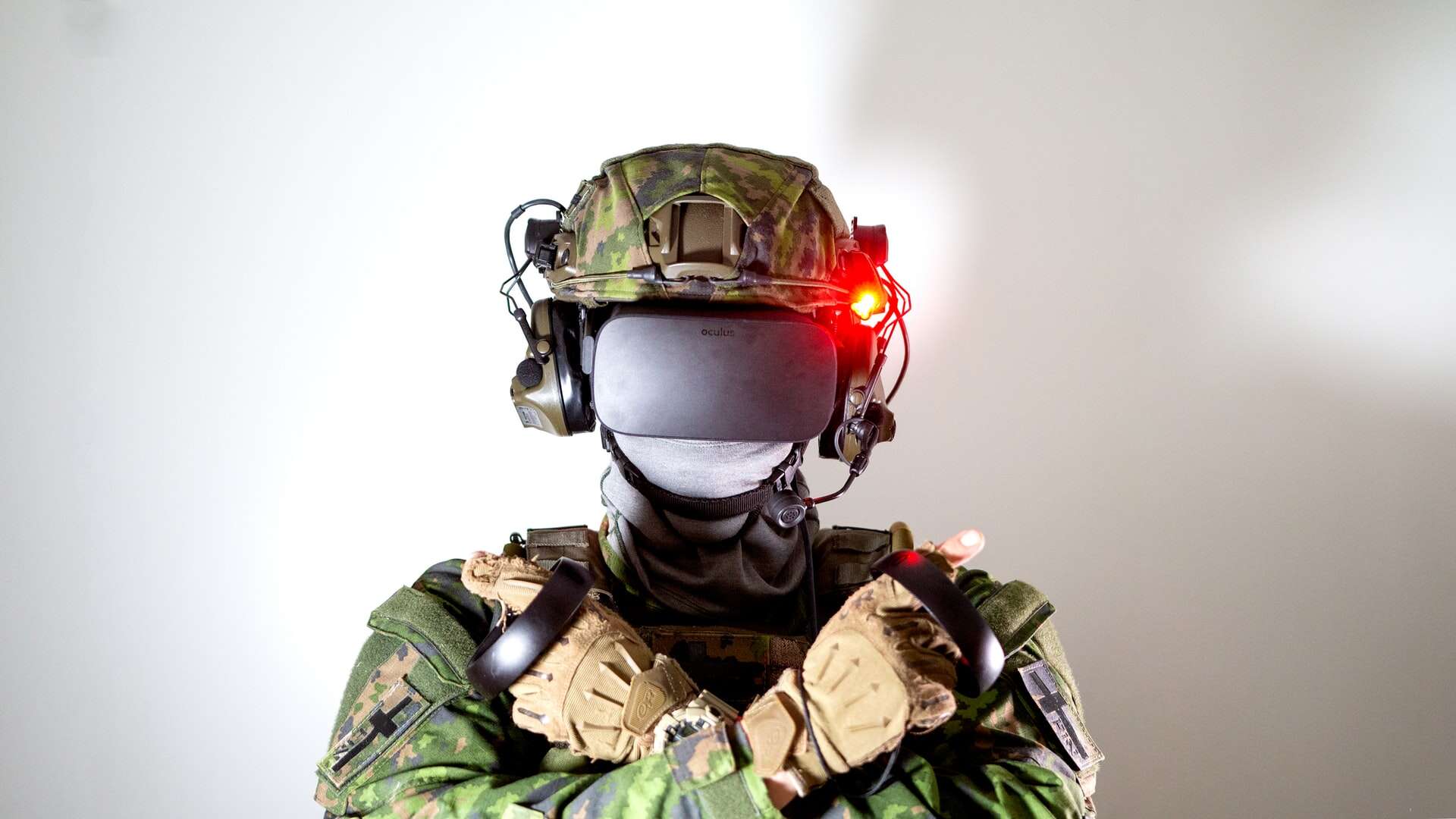

The UK Defence Secretary has laid down the vision 2030 for the nation’s Armed Forces, which ensures that the three branches of the country’s defence, the army, navy and air force, are well prepared to face any kind of threat.
Outlined in Gov.UK’s report “Defence in a competitive age”, the UK Armed Forces will be made into a threat-focussed integrated force that will be adept at moving across the domains of not just land, sea, air, and space, but cyber space too.
Over the next four years, British defence will be spending over £85bn on armed forces equipment so that they can be decisive in combat if and when required. This step will also support 400,000 jobs across the UK.
Defence Secretary, Ben Wallace said: “This Defence Command Paper ensures our armed forces are threat-focused, modernised and financially sustainable. Our military will be ready to confront future challenges, seize new opportunities for Global Britain and lay the foundations of a more secure and prosperous Union.
“We will continue to work with allied partners to address future global security threats whilst also enhancing critical outputs in the battlespace domains. Our people and their expertise are at the heart of what we do and further investments into training, welfare and support facilities will be reflective of this and ensure our armed forces are well equipped to face tomorrow’s threats today.”
The British Army will receive £3bn for the purchase of new vehicles, air defences, drones, long-range rocket systems, electronic warfare and cyber capabilities. Another £120m will be used to establish new Ranger Regiments, which will act as support for Special Forces.
For the protection of crucial underwater maritime infrastructure and thwarting maritime threats, the Royal Navy is planning to build a new Multi-Role Ocean Surveillance ship by 2024.
Shipbuilding investment rose to over £1.7bn per annum and, over the next decade, £200m will be invested for the benefit of the Royal Marines to create the Future Command Force that will be deployed for specialist maritime security operations.
The Royal Air Force will be boosted with an investment of over £2bn creating the Future Combat Air System, which will be a lethal blend of crewed, uncrewed and autonomous systems such as ultra-modern Tempest fighter jets and swarming drones. The Typhoon fleet will also be augmented with cutting-edge radar and a suite of new weapons.
Chief of the Defence Staff General Sir Nick Carter stated: “For the first time that I can remember we have an alignment of the ends, ways and means to modernise and transform the posture of our nation’s armed forces to meet the threats of a more uncertain and dangerous world.
“The ends were set out by the Prime Minister with the publication of the Integrated Review last week, the ways were confirmed by our new Integrated Operating Concept, which was published in September, and finally the means, which were confirmed last year when Defence was given a significant multi-year settlement of £24bn. This gives us the certainty to plan for the long term and deliver the Integrated Force Structure for 2030.”
Backed by science and a sum of £6.6bn to improve strategic advantage, future R&D projects will be leading to state-of-the-art equipment capabilities.
The next four years will see a novel weapons development programme backed by an investment of over £60m, which includes artificial intelligence (AI), synthetic/digital systems and space-based capabilities.
A further £500m will be invested to help the armed forces hold their own in a growingly competitive electromagnetic environment.
Over the next decade, a £5bn investment in the Skynet 6 satellite communication programme will help the UK have a strong presence in the domain of space, complimented by the £1.4bn allocation to the new Space Command, Space Academy, National Space Operations Centre, and a UK-built Intelligence, Surveillance and Reconnaissance satellite constellation.
Space Command is set for launch on 1 April 2021.
The next 10 years will also witness Strategic Command investing £1.5bn on a ‘digital backbone’ to use and share data through the cloud and across networks that can withstand any type of cyber-attack.






